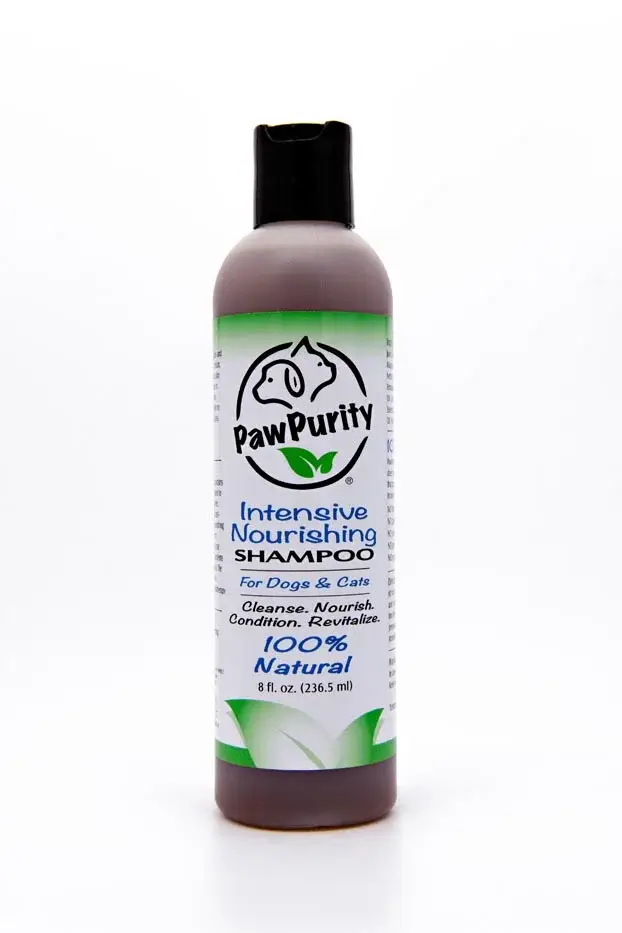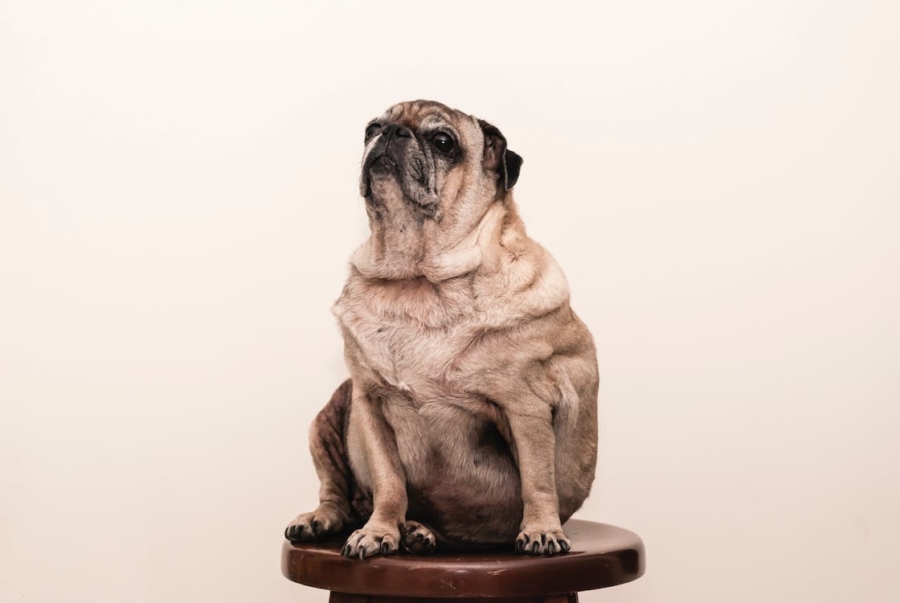This is a question that many pet owners have asked, and the answer is more complex than it may seem. Tea tree oil, derived from the Australian plant Melaleuca alternifolia, has many benefits for humans. However, the same cannot be said for animals, especially cats, and dogs, as there are reports that suggest that tea tree oil can be toxic to them. This blog post will investigate whether tea tree oil is toxic to dogs and cats and provide tips on keeping your pet safe when using this product.
Introducing Tea Tree Oil to Your Dog
Tea tree oil has long been used in traditional medicine and home remedies due to its antiseptic, antifungal, antibacterial, and anti-inflammatory properties. In recent years, it has become increasingly popular for use on pets. But is tea tree oil toxic to your furbabies? Keep in mind, tea tree oil can be toxic to cats, so extra caution must be taken if you have both cats and dogs. PawPurity does not recommend using tea tree oil on cats or dogs. And, it should NEVER be ingested by any pet.
It is essential to understand the potential harm that could be caused by using tea tree oil on your pet before introducing it into their routine.
Is Tea Tree Safe for Dogs?
Tea tree oil can benefit your dog’s health when used in the right amounts and applied properly. It can help to reduce skin irritations and heal wounds. However, if used in the wrong amounts, it can be toxic to dogs.
Tea tree oil affects cats differently than dogs. While it may have some benefits for skin issues, there are too many risks associated with using tea tree oil on cats. PawPurity recommends keeping tea tree oil away from felines entirely.
It is important to note that dogs react differently to tea tree oil than cats. Some may not react, while others may experience an allergic reaction or worse.
Potential Tea Tree Toxicity – Symptoms and Risk
Tea tree oil should NEVER be ingested. However, when it is used for a skin condition, it can be helpful at times as long as it is only a small portion of the formulation and isn’t applied in a place where your pet is able to lick it. It should never be applied directly to the skin.
When tea tree oil is ingested or applied directly to the skin, your pet may experience;
If you suspect that your pet has come into contact with tea tree oil and is having a reaction, take it to the vet immediately for treatment. Additionally, make sure to store tea tree oil out of reach of pets as even small amounts can be toxic if ingested.
How to Administer Safely?
1. Consult your veterinarian:
The first step when introducing tea tree oil to your pet is to always consult with a veterinarian before using it, as it can be toxic if not used correctly.
2. Apply only topically in the diluted form:
Once the vet has cleared the use of tea tree oil, it is important to remember that it is not meant to be ingested. It should only be used topically and diluted with a carrier oil such as coconut or almond oil. This will reduce the concentration and make it safer for the animal. If you don’t know what the safe percentage of tea tree oil is in relation to the other ingredients, then err on the side of caution and don’t use it. It’s not worth risking your pet’s well-being when there are other plant-based formulations that are safe and equally effective for skin conditions. Check out PawPurity’s Intensive Nourishing Shampoo. It is a clean, safe way to address skin problems in dogs and cats.
3. Always do a patch test:
Before introducing any product to your animal, it is a good idea to do a patch test on an area of the skin to make sure the pet does not have an allergic reaction. If you decide tea tree oil is the only way to go, monitor your pet closely for any changes in their behavior or appetite after using tea tree oil.
4. Monitor dosage:
The amount of tea tree oil applied should also be calculated carefully, as too much can be toxic and lead to adverse effects. Only use a few drops mixed with 1-2 teaspoons of carrier oil on small animals, whereas, for larger animals such as dogs, up to 30 drops of tea tree oil mixed with 4-5 tablespoons of carrier oil may be used.
The Final verdict
In conclusion, tea tree oil can be beneficial when used correctly and cautiously with the approval of your vet so if you are still wondering if is it bad for dogs, the answer depends on how you use it, where it’s applied, the formulation percentages, and most importantly, do you have your vet’s approval? And is tea tree oil toxic to cats? The answer is yes. PawPurity does not recommend using tea tree oil on any animals, but if you do, please follow the above guidelines. Err on the side of caution. Their health is in our hands.
#TeaTreeforDogs #TeaTreeDogs #EssentialOilsForDogs #EssentialOils













